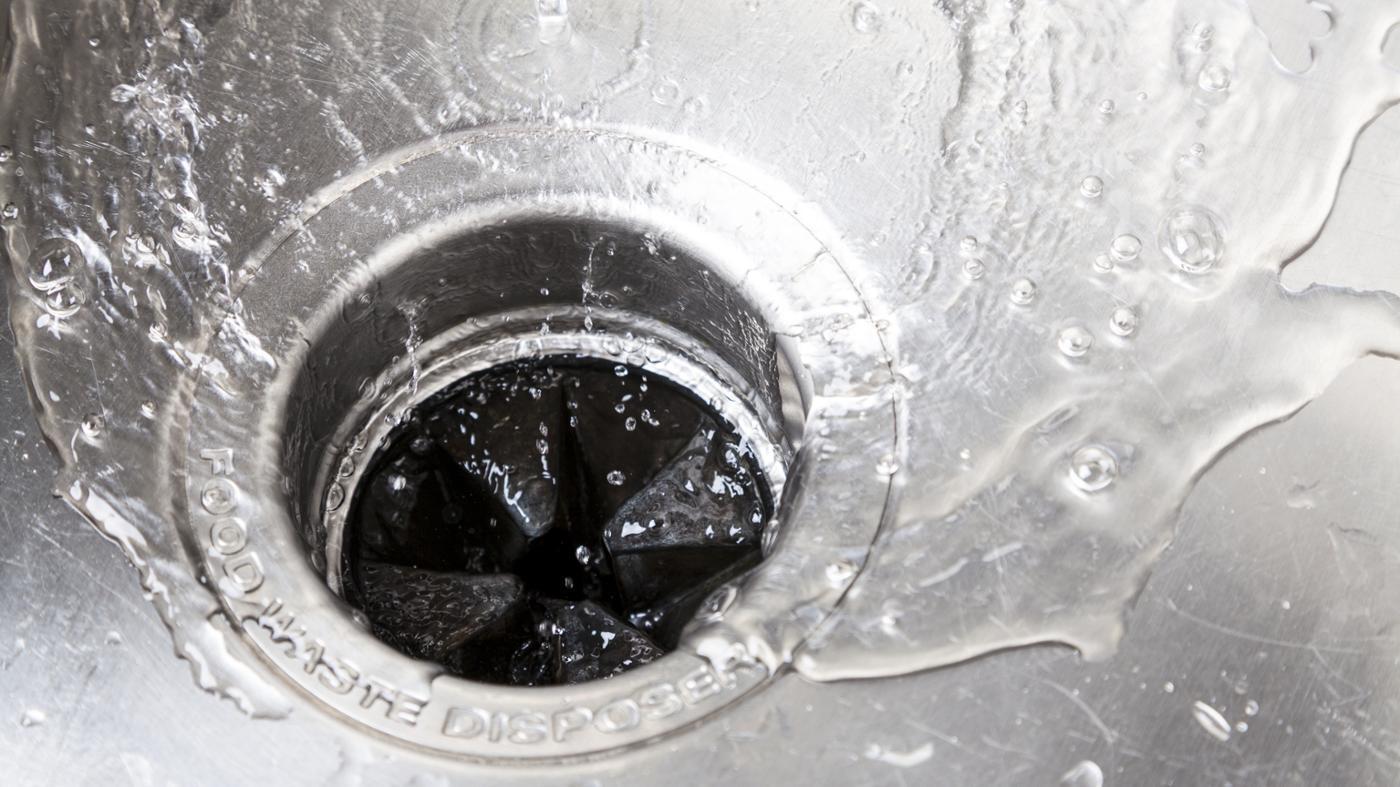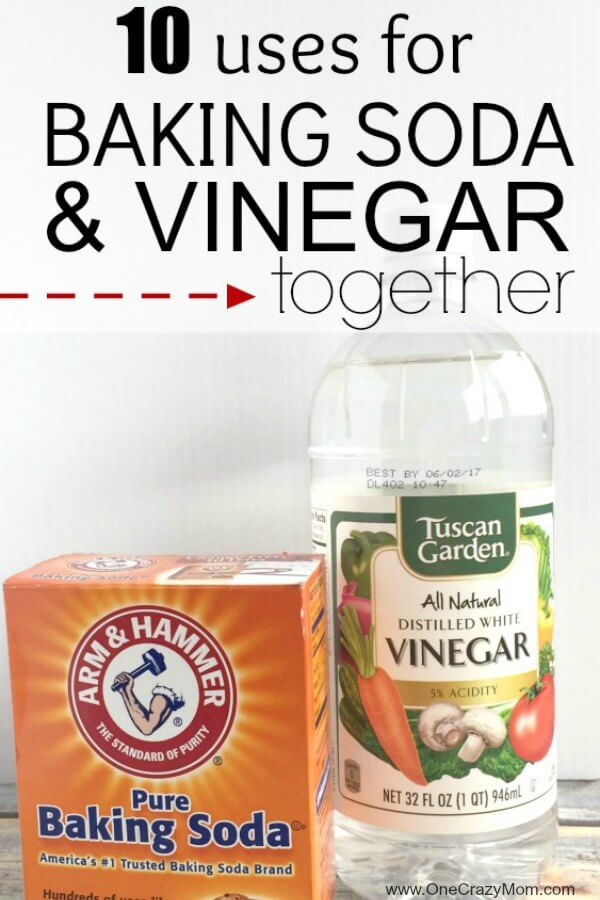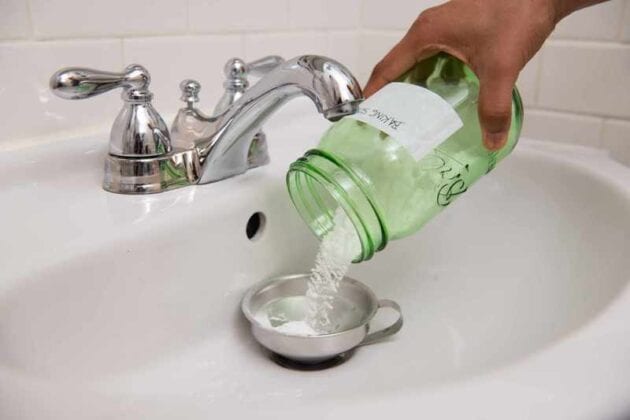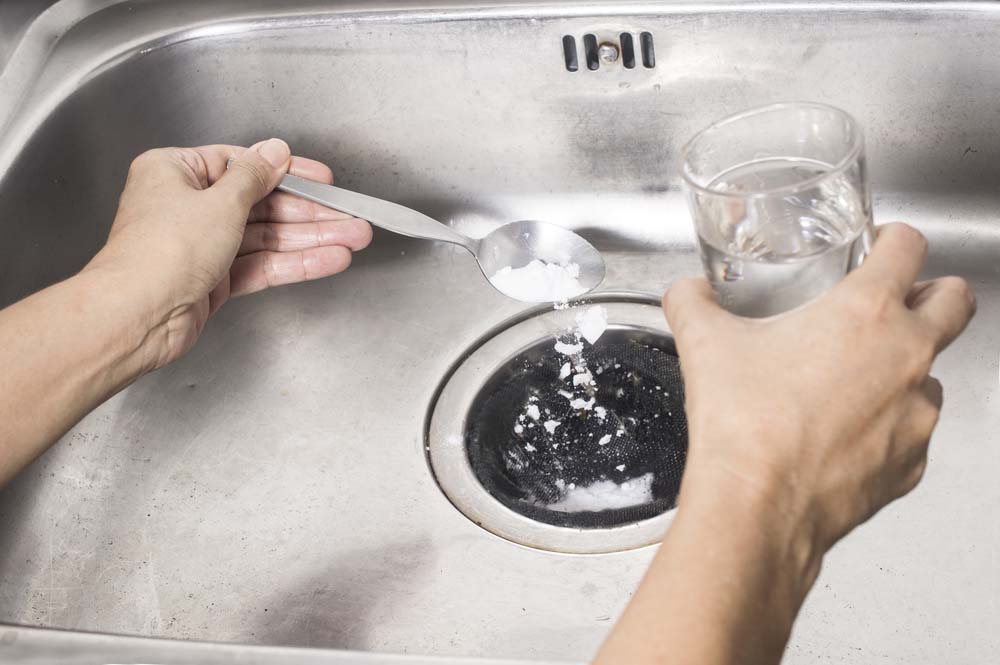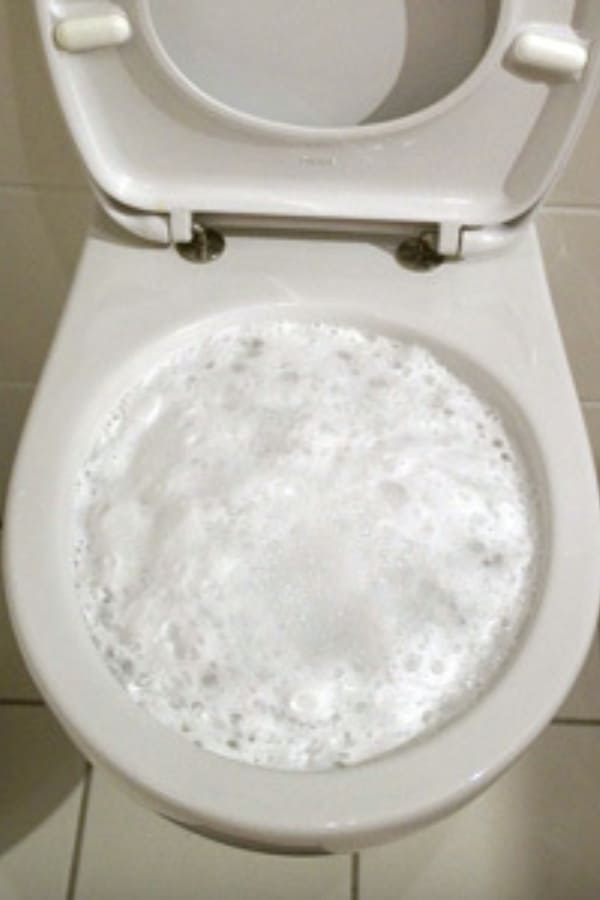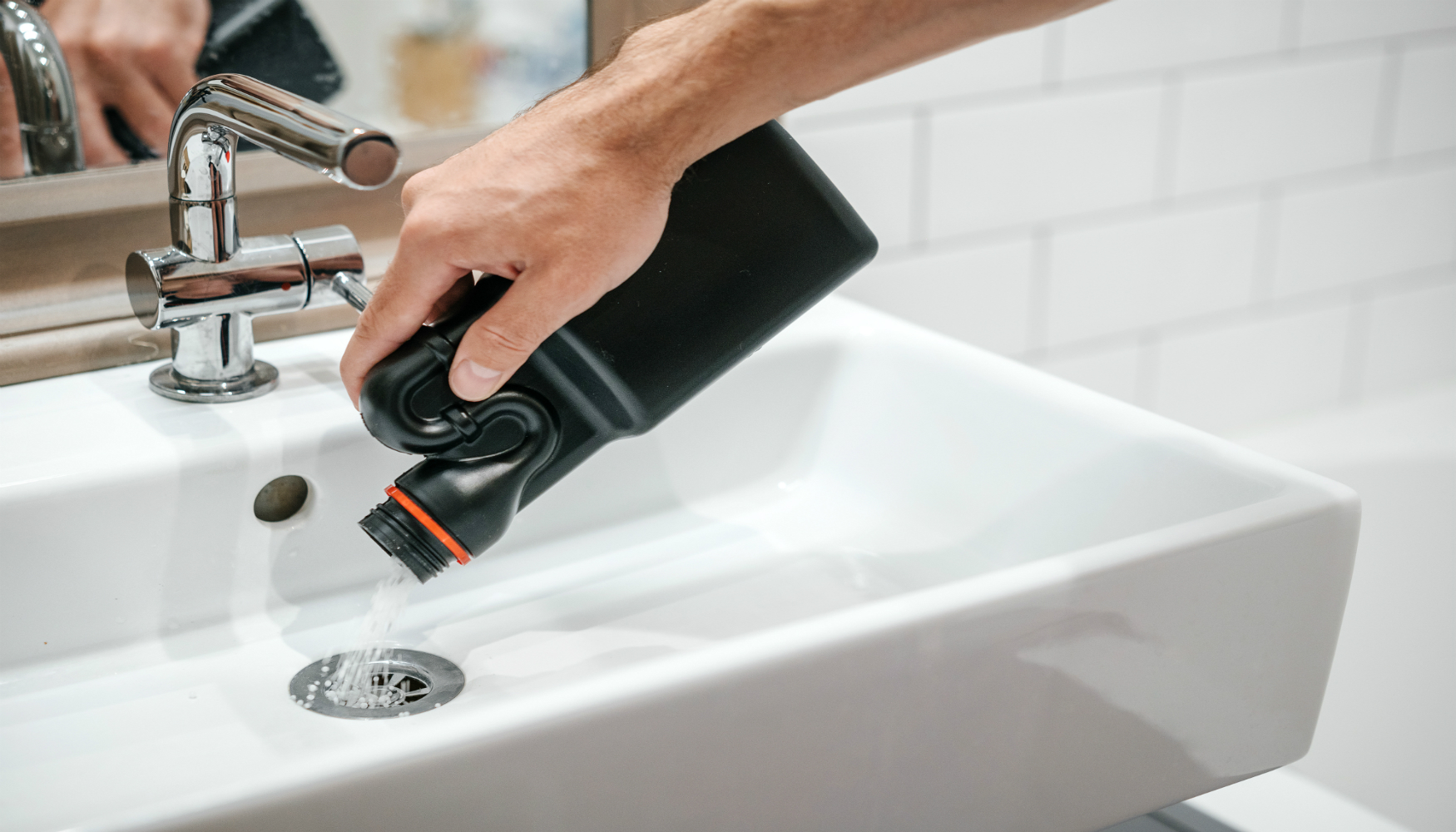If your kitchen sink won't drain, the first thing to check is your garbage disposal. This is a common culprit for clogged drains, especially if you frequently put food scraps down the drain. Turn off the disposal and check for any large or hard objects that may be blocking the blades. You can use tongs or pliers to safely remove any debris. Once cleared, try running hot water to see if the sink drains properly.Check the garbage disposal
Another potential cause for a clogged kitchen sink is the drain stopper. This is the small device that sits in the sink basin and can be lifted or pushed down to allow water to drain. If the stopper is stuck in the closed position, water will not be able to flow through the drain. To check this, simply lift the stopper and see if the sink begins to drain. If it does, you may need to clean or adjust the stopper to prevent future clogs.Check the drain stopper
If the garbage disposal and drain stopper are not the issue, you can try using a plunger to clear the clog. Fill the sink with a few inches of water and place the plunger over the drain. Push down and pull up several times to create suction and hopefully dislodge the clog. This method works best for small to medium sized clogs and may require a few attempts to fully clear the drain.Use a plunger
If the plunger doesn't do the trick, you can try using a drain snake to remove the clog. This tool is a long, flexible wire with a small auger on the end. Insert the snake into the drain and twist it as you push it further down. This will help break up and remove any blockages in the pipe. Once finished, run hot water to flush out any remaining debris.Try a drain snake
The P-trap, also known as the U-bend, is a curved pipe located under your sink. This pipe is designed to trap debris and prevent it from entering the main drain. However, these traps can also become clogged with buildup or debris. Place a bucket under the trap and use pliers to loosen the connections. Once removed, clean out any debris and reattach the trap. This should allow water to flow freely through the drain once again.Check the P-trap
A natural and effective way to unclog a kitchen sink is by using a mixture of baking soda and vinegar. This combination creates a chemical reaction that can help break up and remove clogs. Pour ½ cup of baking soda down the drain, followed by ½ cup of vinegar. Let the mixture sit for about 15 minutes before flushing with hot water. Repeat if necessary.Use a mixture of baking soda and vinegar
If you have a dishwasher connected to your kitchen sink, it's important to check this appliance as well if your sink won't drain. Some dishwashers share the same drain as the sink, so a clog in the dishwasher may be causing the issue. Run the dishwasher and see if the water drains properly. If not, you may need to clean or unclog the dishwasher drain hose.Check the dishwasher
If none of the previous methods work, it may be time to call a professional plumber. They have the necessary tools and expertise to thoroughly clear any stubborn clogs in your kitchen sink. They can also inspect the pipes and make any necessary repairs to prevent future clogs.Call a plumber
Another potential cause for a kitchen sink that won't drain is a clogged air vent. This vent allows air to enter the plumbing system and helps with proper drainage. If it becomes clogged, water will not be able to drain properly. You can check the vent on your roof for any blockages or call a plumber to inspect and clear the vent if necessary.Check the air vent
As a last resort, you can try using a chemical drain cleaner to unclog your kitchen sink. These cleaners contain harsh chemicals that can dissolve and remove clogs. However, they can also damage your pipes and should be used sparingly. Follow the instructions on the product carefully and make sure to wear gloves and eye protection. In conclusion, a kitchen sink that won't drain can be a frustrating and inconvenient problem. But by following these tips and tricks, you can hopefully clear the clog and get your sink back to normal. Remember to always take preventative measures, such as using a drain cover and avoiding putting large or hard objects down the drain, to prevent future clogs. If the problem persists, don't hesitate to call a professional for assistance.Use a chemical drain cleaner
Why Your Kitchen Sink Won't Drain Even Without a Clog
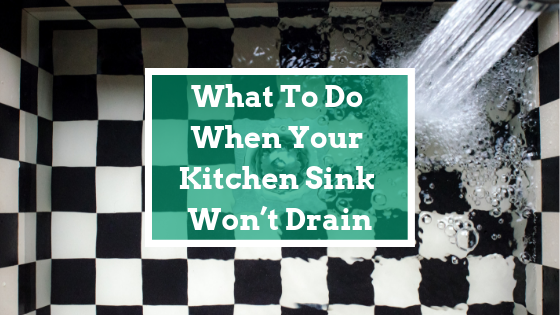
The Importance of Proper Plumbing in House Design
 When it comes to designing a house, one of the most important aspects to consider is plumbing. A well-designed plumbing system ensures that all the water in your home flows smoothly and efficiently, preventing any potential problems such as clogs or leaks. However, even with a properly designed plumbing system, issues can still arise, such as a kitchen sink that won't drain, even without a visible clog.
Why is this happening?
It's important to understand that a clog is not the only reason why your kitchen sink may not be draining properly. There are other factors that could be causing this issue, such as a faulty or poorly installed plumbing system, a damaged or misaligned pipe, or even a problem with the sink itself.
When it comes to designing a house, one of the most important aspects to consider is plumbing. A well-designed plumbing system ensures that all the water in your home flows smoothly and efficiently, preventing any potential problems such as clogs or leaks. However, even with a properly designed plumbing system, issues can still arise, such as a kitchen sink that won't drain, even without a visible clog.
Why is this happening?
It's important to understand that a clog is not the only reason why your kitchen sink may not be draining properly. There are other factors that could be causing this issue, such as a faulty or poorly installed plumbing system, a damaged or misaligned pipe, or even a problem with the sink itself.
The Role of Ventilation in Your Plumbing System
 One key factor that is often overlooked in house design is ventilation. A properly ventilated plumbing system allows air to flow freely, preventing any buildup of pressure that could lead to clogs or other issues. Without proper ventilation, water cannot flow smoothly through the pipes, resulting in slow or stagnant drainage.
How to Identify Ventilation Issues
If your kitchen sink is not draining properly, it may be due to a lack of proper ventilation. To determine if this is the case, check any nearby vents or pipes for any blockages or obstructions. Additionally, make sure that there is enough space around pipes and vents to allow for proper airflow.
One key factor that is often overlooked in house design is ventilation. A properly ventilated plumbing system allows air to flow freely, preventing any buildup of pressure that could lead to clogs or other issues. Without proper ventilation, water cannot flow smoothly through the pipes, resulting in slow or stagnant drainage.
How to Identify Ventilation Issues
If your kitchen sink is not draining properly, it may be due to a lack of proper ventilation. To determine if this is the case, check any nearby vents or pipes for any blockages or obstructions. Additionally, make sure that there is enough space around pipes and vents to allow for proper airflow.
The Solution: Proper House Design and Regular Maintenance
 If your kitchen sink won't drain even without a clog, it's important to address the issue as soon as possible to prevent any further damage to your plumbing system. This can be achieved through proper house design and regular maintenance. Make sure to work with a reputable plumber who can design and install a well-ventilated plumbing system that meets all building codes and standards.
Regular maintenance is also crucial
in keeping your plumbing system functioning properly. This includes regularly checking for any visible clogs, repairing any leaks, and ensuring that all vents and pipes are free from obstructions.
In conclusion, a kitchen sink that won't drain without a clog can be a frustrating issue to deal with. However, by understanding the importance of proper plumbing and ventilation in house design and maintenance, you can prevent this issue from occurring and ensure that your home's plumbing system runs smoothly for years to come. So, make sure to invest in a well-designed plumbing system and stay on top of regular maintenance to avoid any unnecessary headaches in the future.
If your kitchen sink won't drain even without a clog, it's important to address the issue as soon as possible to prevent any further damage to your plumbing system. This can be achieved through proper house design and regular maintenance. Make sure to work with a reputable plumber who can design and install a well-ventilated plumbing system that meets all building codes and standards.
Regular maintenance is also crucial
in keeping your plumbing system functioning properly. This includes regularly checking for any visible clogs, repairing any leaks, and ensuring that all vents and pipes are free from obstructions.
In conclusion, a kitchen sink that won't drain without a clog can be a frustrating issue to deal with. However, by understanding the importance of proper plumbing and ventilation in house design and maintenance, you can prevent this issue from occurring and ensure that your home's plumbing system runs smoothly for years to come. So, make sure to invest in a well-designed plumbing system and stay on top of regular maintenance to avoid any unnecessary headaches in the future.




